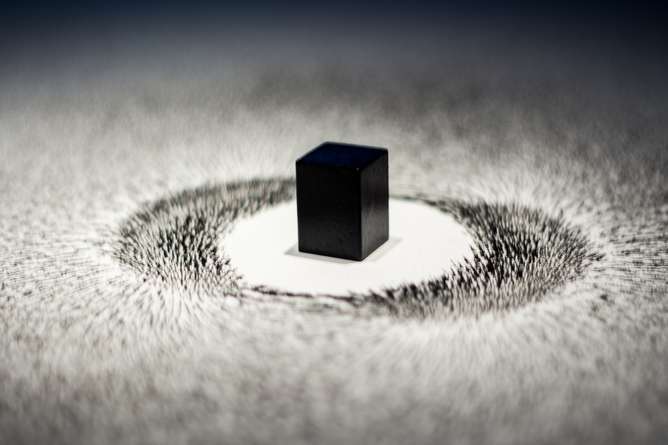We use these all the time and yet, we never see them. Electricity & Magnetism are 2 powerful forces that we are addicted to. Fans, ACs, LEDs, Computers, Phones, Earphones, Induction Heaters…the list goes on and on. Can you imagine a world where this all was not available to humans?
It is not even 150 years when James Maxwell confirmed that electricity and magnetism were not different forces – they were one. The view was initially suggested by Oersted and then reinforced by Faraday and Maxwell proved it through experiments.
This unification of two major forces has been a watershed in science. It not only gave rise to a lot of applications that we use extensively today but also led to understanding of nature of light and to the birth of quantum physics.
Electromagnetism, as a unified concept, showed easy conversion between the 2 forces of Electricity and Magnetism.
Electromagnetism
An electric current flowing through a wire can produce the same effect that magnet can produce.
The magnetic effect of a current was first observed by a Danish Physicist called Hans Christian Oersted.
– He observed that a magnetic compass needle showed deflection when it passed through a wire carrying current
– Thus, a current-carrying wire behaves like a magnet and carries a magnetic field around it .This is also the magnetic effect of an electric current. The direction of the deflection of the needle changes if the direction of the current is reversed by connecting the wire into reverse terminals.
– This property of an electric current is used to change magnetic materials like soft iron into magnets by passing electricity through them. This is used widely in various applications.
Electromagnet
When an electronic current flows through a wire, it generates a magnetic field. This is an important concept in electricity. The magnetic field can be increased by coiling the wire. This allows more current to flow through a smaller distance and increases the magnetic field.
Right-Hand Rule
When current is flowing through a wire, the magnetic field rotates around the wire. The direction of the current determines the direction of the magnetic field. You can figure out the direction of the magnetic field using the “right-hand rule”.

To determine the direction of the magnetic field, look at the picture above. Take your right hand and point your thumb in the direction of the current (I). Now wrap your fingers around the wire. Your fingers will point in the direction of the rotation of the magnetic field (B).
Motors
One of the important applications of electromagnetism is the electric motor. An electric motor converts electrical energy into physical movement. Electric motors generate magnetic fields with electric current through a coil. The magnetic field then causes a force with a magnet that causes movement or spinning that runs the motor.
Electric motors are used in all sorts of applications. There are even several electric motors inside your computer including one to turn the fan, one to open and shut the CDROM drive, and one to operate the hard drive.
Electromagnetic Induction

Another important application of electromagnetism is induction which was found my Michael Fraday Induction is when movement is used to create electricity (the opposite of using electricity to create movement which we normally see in daily life ) As a wire is moved through a magnetic field, current will begin to flow through it.
Hence , Electromagnetic induction is the production of voltage or electromotive force due to a change in the magnetic field.
Electromagnetic induction can be generated in two ways, namely when the electric conductor is kept in a moving magnetic field and when the electric conductor is constantly moving within a static magnetic field. When Faraday moved a bar magnet through an electric coil, he noticed a change in voltage of the circuit

Generators
Electric generators convert mechanical energy into electrical energy using induction. As a coil of wire is spun between two opposite magnets, an electric current is generated that can be used to power electronic devices.
Generators can get their power from a wide variety of sources. Two popular electric generators of renewable energy include hydropower and wind power.
Electromagnetism Facts!

Some electric generators can be driven by human power such as a hand crank or a bicycle to generate electricity.
Loudspeakers use electromagnets to vibrate the cone and produce sound.
Using electromagnetism, powerful magnets can be turned on and off using electricity, unlike permanent magnets.

